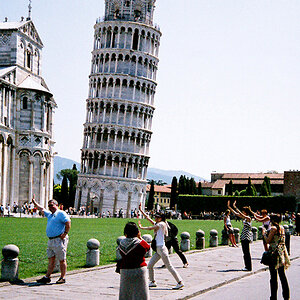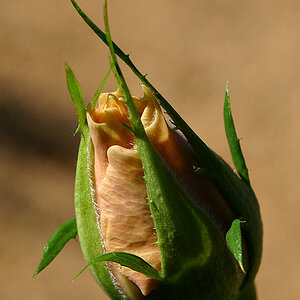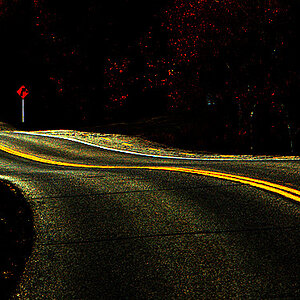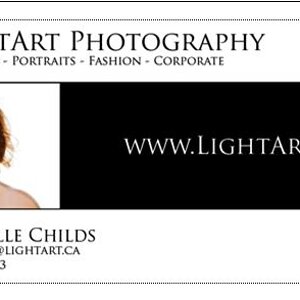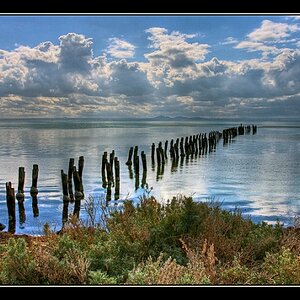- Joined
- Mar 24, 2013
- Messages
- 8,797
- Reaction score
- 4,893
- Location
- Connecticut
- Can others edit my Photos
- Photos NOT OK to edit
Manual Mode,auto ISO always for wildlife, Manual mode,manual ISO For longer exposures at Night or bulb mode.Use aperture priority often to depending on what I am shooting. shutter priority I never touch it.



 ), You need to understand how a light meter works. A basic light meter reads for "Medium Gray". If you fill the viewfinder with a white wall and center the needle, the unadjusted image will be medium gray. If you fill the viewfinder with a black wall, center the needle, the unadjusted image will be medium gray. If you're using a gray card, then a light meter will be spot on. Otherwise, the meter is more of a guide than law. The meter gives you medium gray and you need to compensate accordingly. The modern digital meters, vis-a-vis metering modes and complicated algorithms, makes metering more accurate for general photography. If you want to get together and shoot something PM me, we can meet halfway.
), You need to understand how a light meter works. A basic light meter reads for "Medium Gray". If you fill the viewfinder with a white wall and center the needle, the unadjusted image will be medium gray. If you fill the viewfinder with a black wall, center the needle, the unadjusted image will be medium gray. If you're using a gray card, then a light meter will be spot on. Otherwise, the meter is more of a guide than law. The meter gives you medium gray and you need to compensate accordingly. The modern digital meters, vis-a-vis metering modes and complicated algorithms, makes metering more accurate for general photography. If you want to get together and shoot something PM me, we can meet halfway.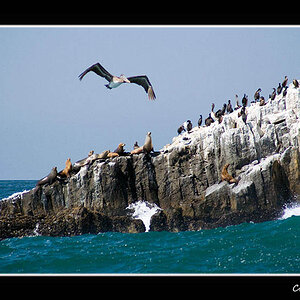
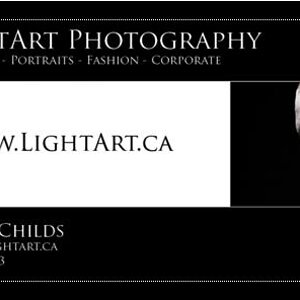
![[No title]](/data/xfmg/thumbnail/39/39498-362f11d9bfd0d9e222faa85b38801745.jpg?1619739056)
